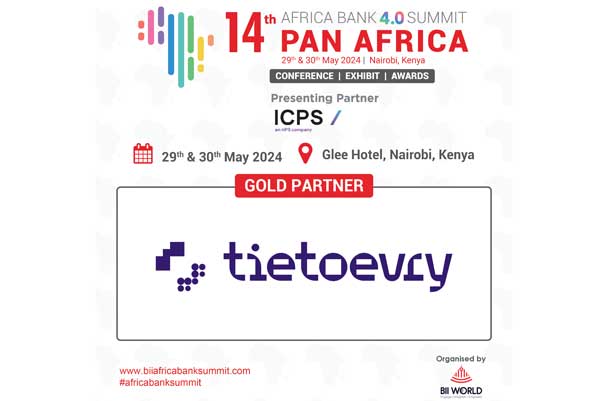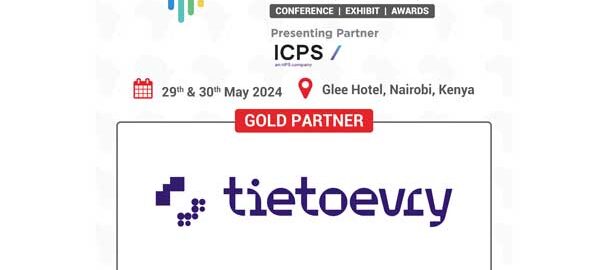1) How can collaboration between governments, financial institutions, and the private sector be optimized to unlock the full potential of digital finance and credit for achieving financial inclusion?
The digital payments ecosystem comprises both a demand side, typically consisting of consumers, SMEs, and corporations, and a supply side represented by financial institutions. Governments play a dual role, acting as both users and providers, with a pivotal responsibility as facilitators of market development and catalysts for change.
Optimal progress occurs when the demand side comprehends the technology’s potential and utilizes innovative approaches effectively. Meanwhile, the supply side must educate users and be able to address their needs. Governments should actively participate as users and foster seamless P2G and G2P experiences. Central banks, operating payment systems, need to ensure that digital infrastructures are not only innovative but also stable and reliable.
As catalysts for change, governments should support the market by implementing efficient digital financial services policies, ensuring safety, affordability, and inclusivity for all users.
2) What regulatory measures can policymakers implement to create an enabling environment that fosters innovation and competition in the realm of digital finance?
Let’s bear in mind that regulators typically wield various tools to influence the market. While the regulatory approach is typically robust and stringent, it often lags behind rapidly evolving market demands and lacks the flexibility for timely review and adjustment once implemented.
To ensure the regulatory environment aligns with the evolving ecosystem and can effectively foster the development of specific businesses and focus on certain niche strategies, like facilitate the inclusion of women and rural populations, regulators are encouraged to utilize softer instruments such as recommendations and guidelines. Additionally, regulators should serve as mediators to facilitate dialogue among different ecosystem stakeholders.
Moreover, regulators should consider establishing and nurturing sandboxes and inclusive communities to expedite time-to-market, foster FinTech development, and facilitate collaboration between FinTech startups and incumbents.
3) In your opinion, how are traditional banks responding to the emergence of neobanks in Africa, and what does this mean for the future of banking in the region?
Traditional banks appear to maintain skepticism regarding the burgeoning influence of neobanks. However, acknowledging the necessity for adaptability, robust models of collaboration have emerged, allowing both efficiently co-exist relying on own strengths of both non-banks and established institutions. It is imperative for both parties to harness technological advancements to enhance internal processes, ultimately aiming to deliver superior customer service and maintain competitiveness.
Tietoevry Banking provide banks with a complete platform to offer Banking as a Service (BaaS). BaaS lets other businesses like tech companies or shops include banking services in what they offer. This means they can give banking services to their customers without needing special banking licenses. In turn, banks would rely on a new channel for customer onboarding and banking product issuing. BaaS helps both banks and non-banks create new and customer-friendly banking services, driving innovation in finance.
4) How does leveraging data contribute to providing better services for the unbanked and underbanked?
The primary cause behind the unbanked and underbanked population often stems from entrenched habits and reluctance to embrace change. To address this, offering a more compelling value proposition and envisioning a superior future state with digital banking compared to the current system is essential. This is where the significance of data becomes evident, as it enables a deeper understanding of the motivational and behavioral patterns, particularly among the underbanked, thus facilitating a positive digital banking experience for them.
That’s why it’s crucial to make sure that the national payment systems for card payments and instant transfers, are built to include everyone from start to finish, as exemplified by our recent collaboration with the Monetary Authority of Maldives. National payments strategy shall focus not just on bank-to-bank transactions but also on making sure the whole digital payment experience of the consumer, from beginning to end, is joyful and caters to people’s comfort with technology.
5) How would you think attendees will benefit by attending the 14th Africa Bank 4.0 Summit – Pan Africa?
Attendees of the Banking and Payments Pan-Africa Conference in Kenya can benefit through networking with industry peers, gaining insights into industry trends, and acquiring knowledge from expert speakers. They’ll stay updated on regulatory changes, discover potential business opportunities, and enhance their professional skills. Overall, the conference offers a platform for networking, learning, regulatory updates, and business development, enabling attendees to thrive in Africa’s banking and payments landscape.



